Secondary Prevention Of Heart Disease
Secondary prevention of heart disease. It may be obvious but the number one killer of individuals who survive a first heart attack is a second heart attack. People with established CHD CeVD or peripheral vascular disease secondary prevention. Secondary prevention of coronary heart disease in the elderly with emphasis on patients 75 years of age.
Coronary heart disease alone costs the United States 1089 billion each year. Cardiovascular disease CVD is the leading cause of death in the United States. Coronary heart disease CHD is a leading cause of illness and death in Western society.
Secondary prevention aims to prevent complications or reduce impact and to prevent further cardiovascular events. Secondary Prevention refers to preventing heart attack and stroke through drug therapy and counseling for high risk individuals such as those with previous events or known cardiovascular diseases CVD. Secondary prevention include cardiac rehabilitation addressing relevant lifestyle risk-factors and drug treatment.
Cardiovascular diseases CVDs especially ischaemic heart disease IHD and ischaemic stroke IS are the leading causes of death in China1 Therapies for the secondary prevention of CVD such as aspirin β blockers angiotensin converting enzyme inhibitors ACEIs and statins could reduce cardiovascular mortality2 3 Therefore ensuring widespread use of secondary prevention. Cardiac rehabilitation and secondary prevention of coronary heart disease. Primary and Secondary Prevention of Heart Disease and Stroke 2020 ND Mission.
An American Heart Association scientific statement from the Council on Clinical Cardiology Subcommittee on Exercise Cardiac Rehabilitation and Prevention. People with risk factors who have not yet developed clinically manifest cardiovascular disease primary prevention. Secondary prevention Secondary prevention aims to reduce the impact of a disease or injury that has already occurred.
CHD angina acute coronary syndrome post-CABG Thrombotic stroke or. This paper aims to elevate the sensitivity of secondary prevention of cardiovascular diseases. It usually involves structured exercise as well as coping skills and medication adherence support.
Leon AS Franklin BA Costa F et al. Rigorous studies suggest that cardiac rehabilitation can reduce mortality by up to 25 compared to medical therapy alone.
Primary secondary and tertiary prevention have their own applications along with benefits and drawbacks.
Coronary heart disease CHD is a leading cause of illness and death in Western society. Secondary Prevention refers to preventing heart attack and stroke through drug therapy and counseling for high risk individuals such as those with previous events or known cardiovascular diseases CVD. Coronary heart disease alone costs the United States 1089 billion each year. Cardiovascular diseases CVDs especially ischaemic heart disease IHD and ischaemic stroke IS are the leading causes of death in China1 Therapies for the secondary prevention of CVD such as aspirin β blockers angiotensin converting enzyme inhibitors ACEIs and statins could reduce cardiovascular mortality2 3 Therefore ensuring widespread use of secondary prevention. Cardiac rehabilitation an evidence-based CHD secondary prevention programme remains underutilized. Secondary prevention of coronary heart disease in the elderly with emphasis on patients 75 years of age. Secondary prevention include cardiac rehabilitation addressing relevant lifestyle risk-factors and drug treatment. Primary secondary and tertiary prevention have their own applications along with benefits and drawbacks. These steps can prevent a second heart attack or stroke halt the progression of heart disease and prevent early death.
Cardiovascular disease CVD is the leading cause of death in the United States. Cardiovascular diseases CVDs especially ischaemic heart disease IHD and ischaemic stroke IS are the leading causes of death in China1 Therapies for the secondary prevention of CVD such as aspirin β blockers angiotensin converting enzyme inhibitors ACEIs and statins could reduce cardiovascular mortality2 3 Therefore ensuring widespread use of secondary prevention. These steps can prevent a second heart attack or stroke halt the progression of heart disease and prevent early death. Cardiovascular disease CVD is the leading cause of death in the United States. Primary secondary and tertiary prevention have their own applications along with benefits and drawbacks. The present study was designed to evaluate the utility of illness perceptions and medication beliefs in predicting secondary preventive behaviour among patients with CHD. 1 Cardiovascular disease is responsible for 17 of national health expenditures.

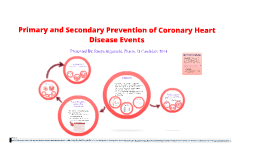




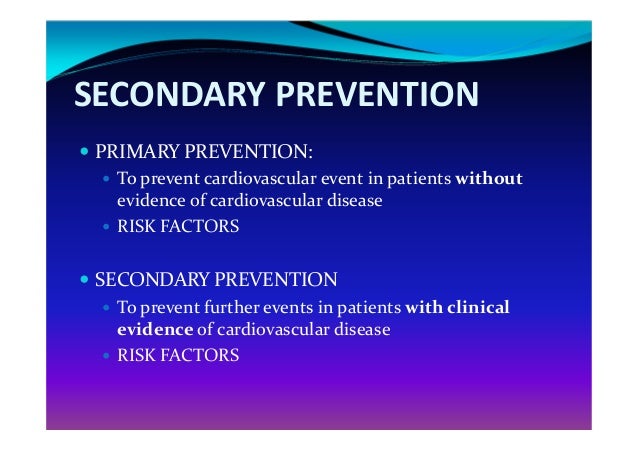



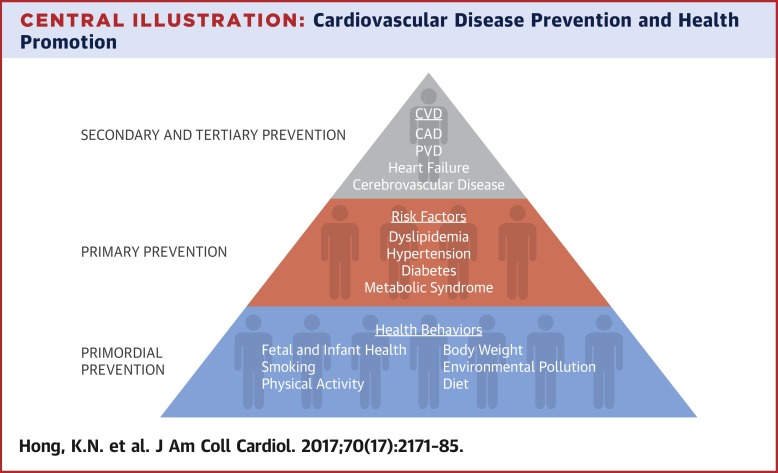





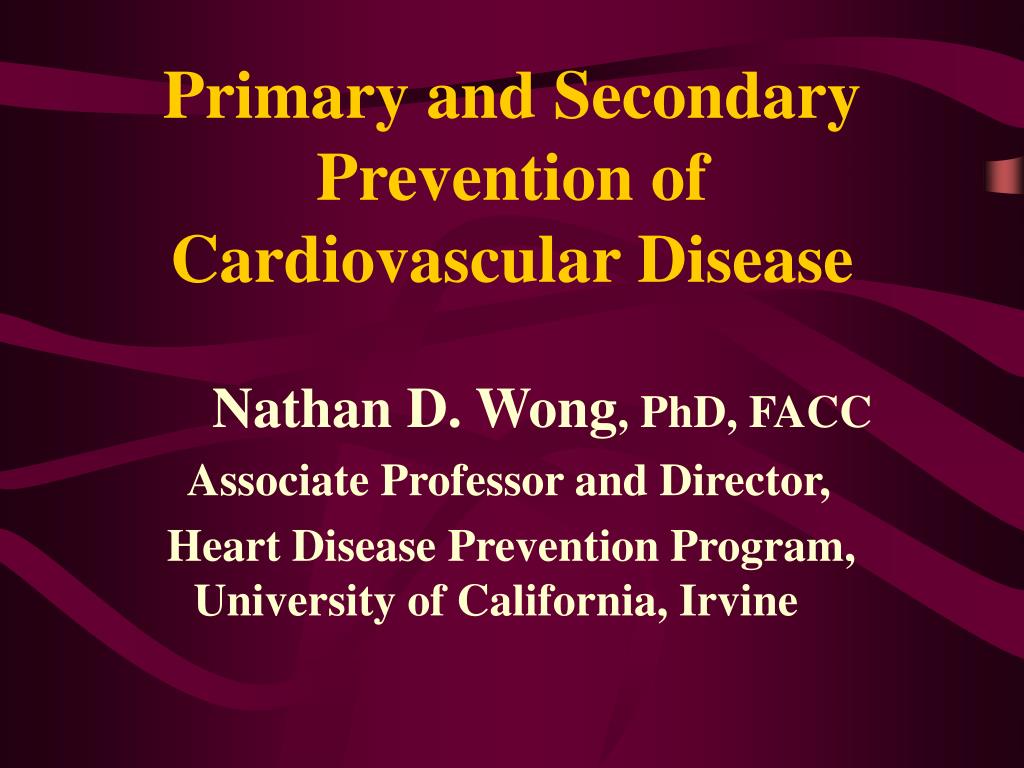






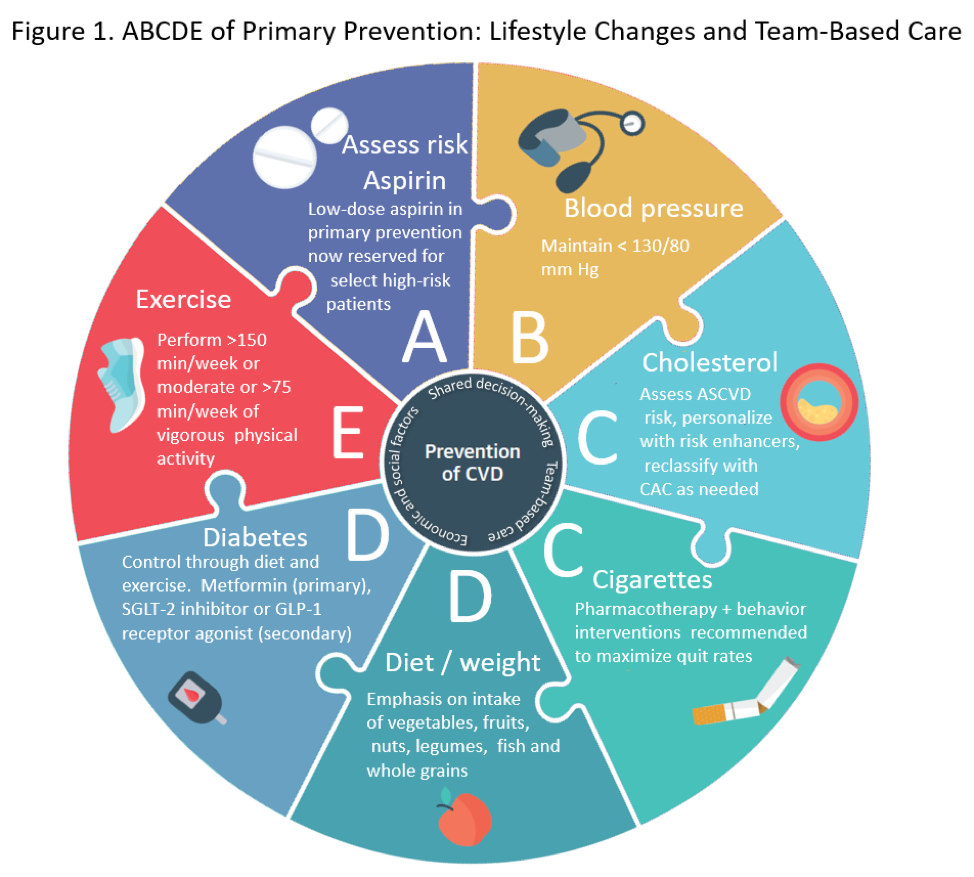










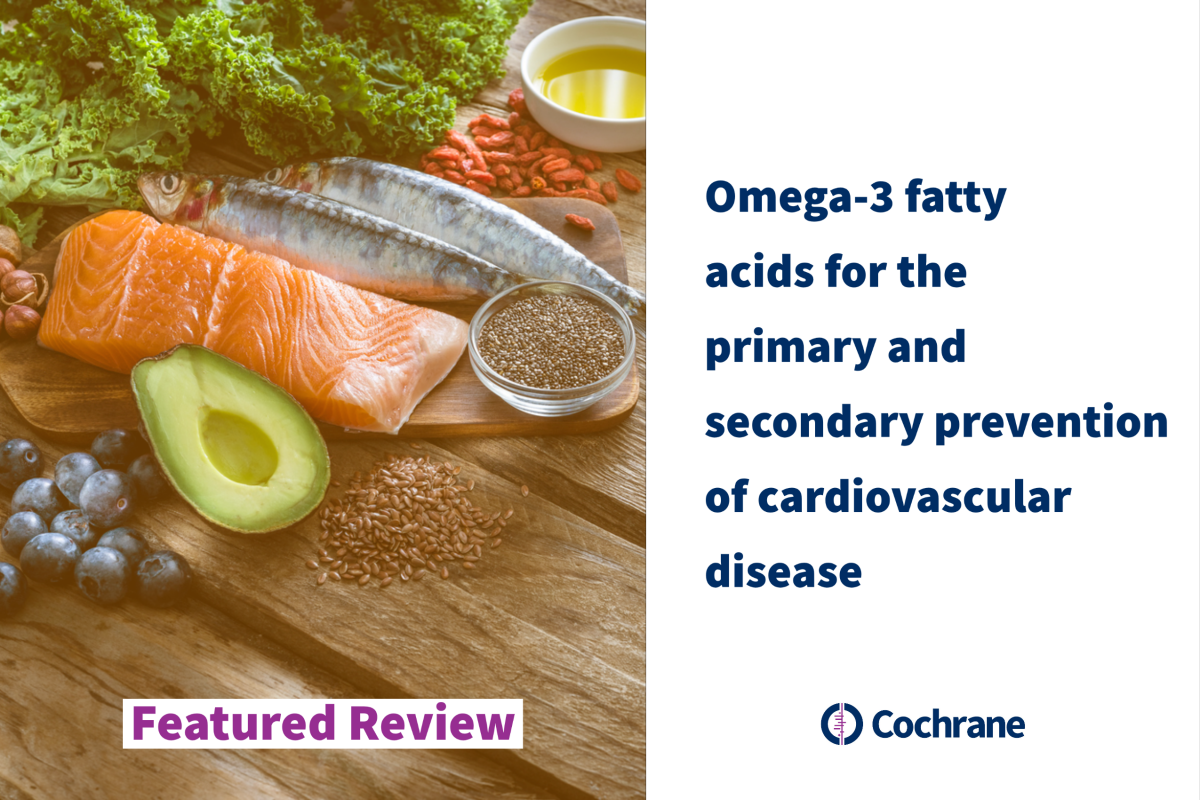
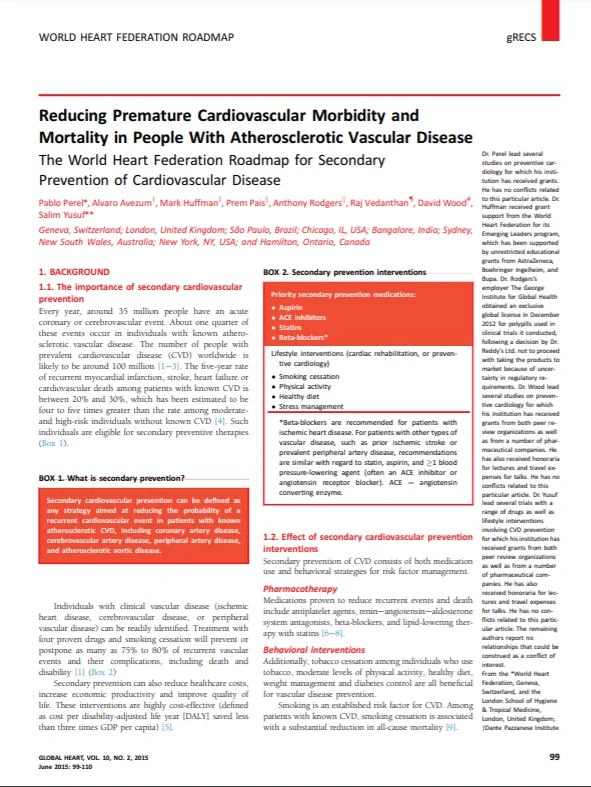

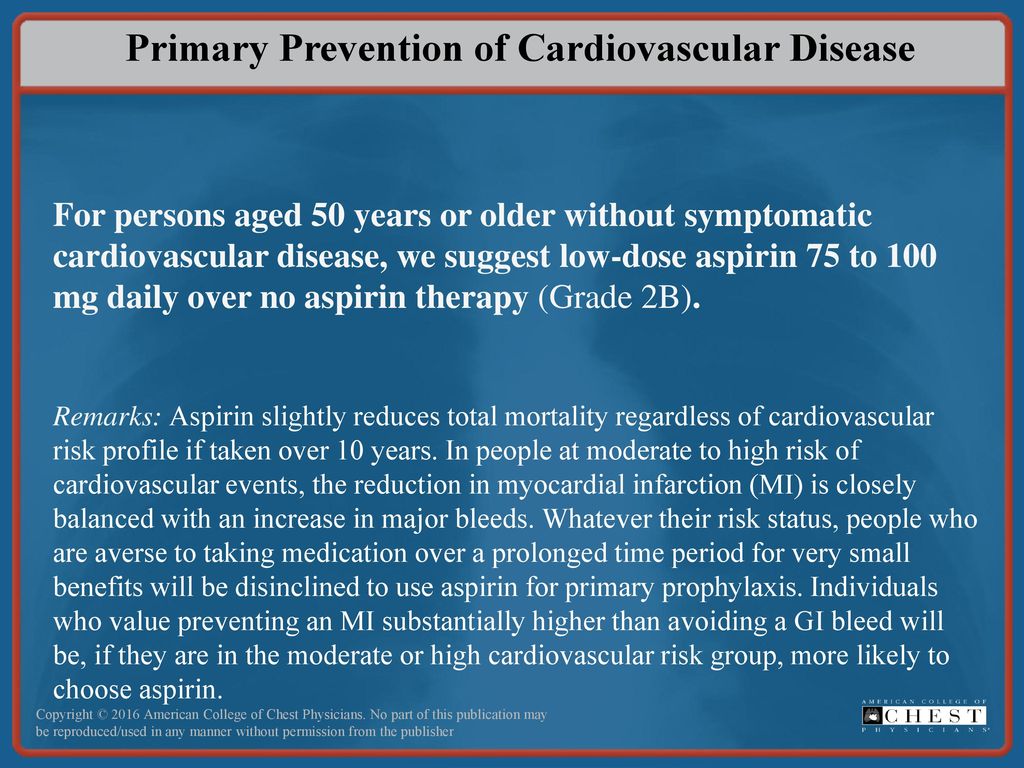


32518-3.fp.png)



Post a Comment for "Secondary Prevention Of Heart Disease"